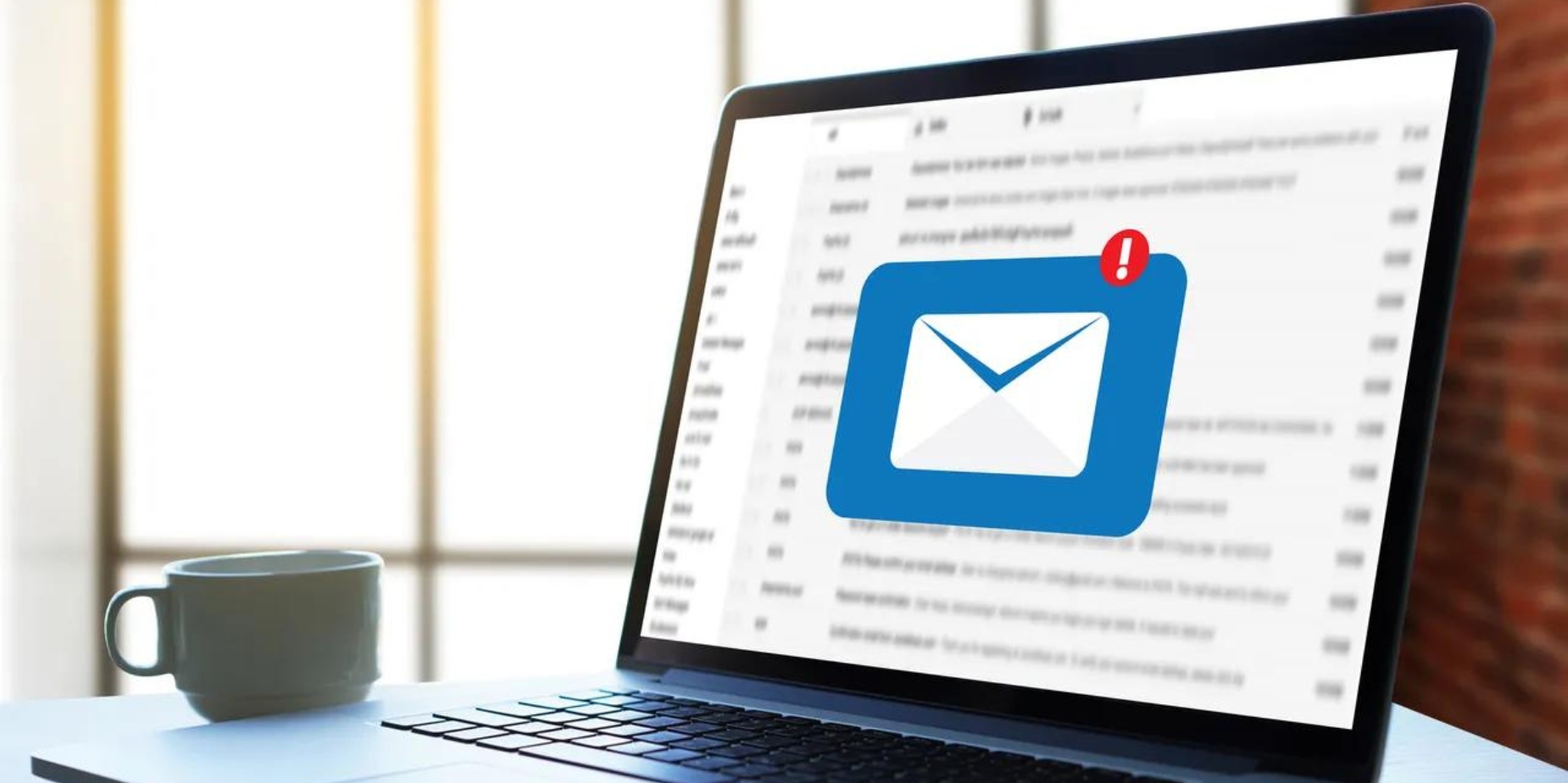Nigeria does not lack conversation.It lacks organization of conversation. Every day, millions of Nigerians discuss…

SPF, DKIM and DMARC – How To Prevent Your Emails From Ending Up In Spam?
Ever press “send” on a critical email campaign, only to discover it’s languishing in the dreaded spam folder? This scenario is frustrating for marketers who rely on email to nurture leads and drive conversions. Fortunately, there are proactive measures you can take to safeguard your email deliverability and ensure your messages reach their intended audience.
This article explores three essential technologies that work in tandem to authenticate your emails and prevent them from being flagged as spam: SPF, DKIM, and DMARC.
Table of Contents
The Email Authentication Triangle
- SPF (Sender Policy Framework): Imagine SPF as a security guard checking IDs at the door. It’s a record published in your Domain Name System (DNS) that establishes a list of authorized servers permitted to send emails using your domain. When a recipient’s server receives your email, it verifies the SPF record to confirm the sending server’s legitimacy.
- DKIM (DomainKeys Identified Mail): Think of DKIM as a digital signature on your outgoing emails, similar to a tamper-proof seal on a package. This signature allows the recipient’s server to validate that the email genuinely originated from your domain and hasn’t been intercepted or altered in transit.
- DMARC (Domain-based Message Authentication, Reporting & Conformance): DMARC acts as the commander in chief, building upon the foundation laid by SPF and DKIM. It instructs receiving servers on how to handle emails that fail authentication. DMARC empowers you to designate whether the server should quarantine, reject, or deliver the email, granting you greater control over your email security posture.
Read more related articles: Yournotify SMTP vs. API: Choosing the Right Email Solution for Nigerian Business
Building A Wall Around Your Email Reputation
By implementing these three technologies, you can significantly bolster your email reputation and ensure your meticulously crafted marketing messages reach the inboxes that matter most. Many hosting providers offer user-friendly interfaces to streamline the activation of SPF, DKIM, and DMARC records. If you encounter any roadblocks during the process, consult your provider’s documentation or support team for guidance.
Read more related articles: 15 Email Marketing Tips and Tricks You Should Know As A Business Owner
Important Considerations:
- Remember, for DMARC to function effectively, your emails must be transmitted through your hosting provider’s servers. Utilizing third-party email services might necessitate adjustments to your SPF record to accommodate both sending sources.
- While setting up SPF, DKIM, and DMARC requires an initial investment of time, the long-term benefits for your email deliverability are substantial.
By taking control of your email authentication strategy, you can say goodbye to spam folder woes and ensure your marketing efforts reach their full potential.
Read more related articles: Yournotify SMTP vs. API: Choosing the Right Email Solution for Nigerian Business


